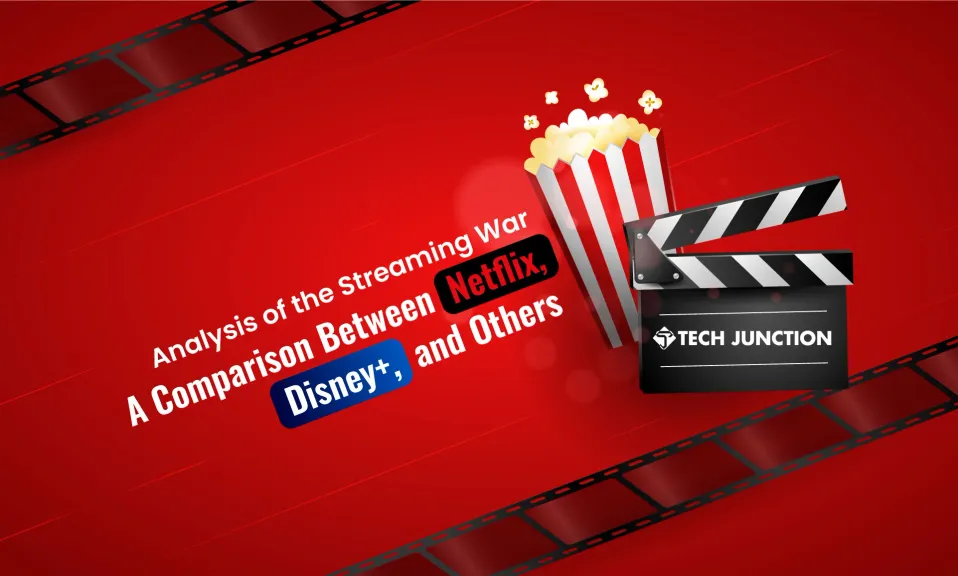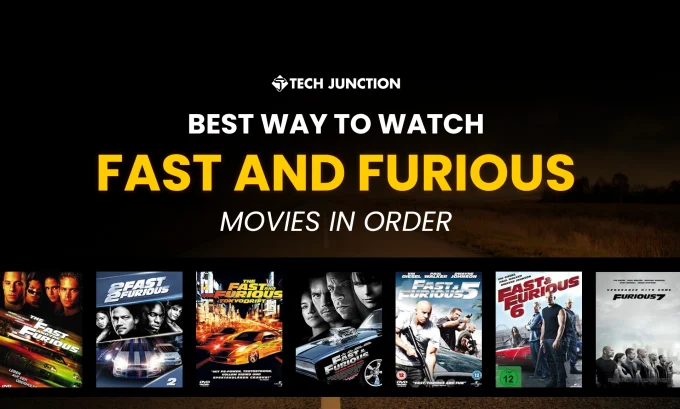In the current digital era, accessing entertainment has become an effortless task. The emergence of OTT platforms, providing us with an extensive selection of movies and TV series, might be one of the contributing factors. While this accessibility has given us many choices, determining which platform merits our time and investment may require careful consideration. When you step into the epic battleground of the Streaming Wars, there are a few names that you must notice: Netflix stands at the forefront, while other giants like Disney+, Amazon Prime Video, HBO Max, etc., are pretty close behind. It is not just an OTT platform comparison; it is an in-depth analysis that decides the fate of our binge-worthy nights, so hang on!
Future of Streaming Services
The OTT streaming market has seen a definite boom in the recent past. Such platforms have gained unprecedented fame since they empower their consumers to a great extent. OTT viewers are not bound by the restrictions that mainstream media networks impose. Their consumers can access desired content on various devices whenever they want. Several OTT platforms even offer exclusive content unavailable on cable networks. Furthermore, they put forward various pricing models for the users to opt from, ranging from monthly plans to yearly subscriptions, along with the option to buy or rent individual pieces of content.
Let us explore some widely-used OTT streaming services and their content streaming trends.
Netflix: The Streaming Giant
It is impossible to discuss OTT platforms and not acknowledge the domination that Netflix asserts. It plays a pivotal role in the streaming market, reporting to generate more than 500 million U.S. dollars in advertising revenue last year. Beyond its financial success, Netflix is recognized for its innovative organizational culture. There has been a clear shift in the platform’s influence from just a content catalog to a platform that offers original productions that often result in huge successes.
Related Article:
5 Best Documentaries on Netflix
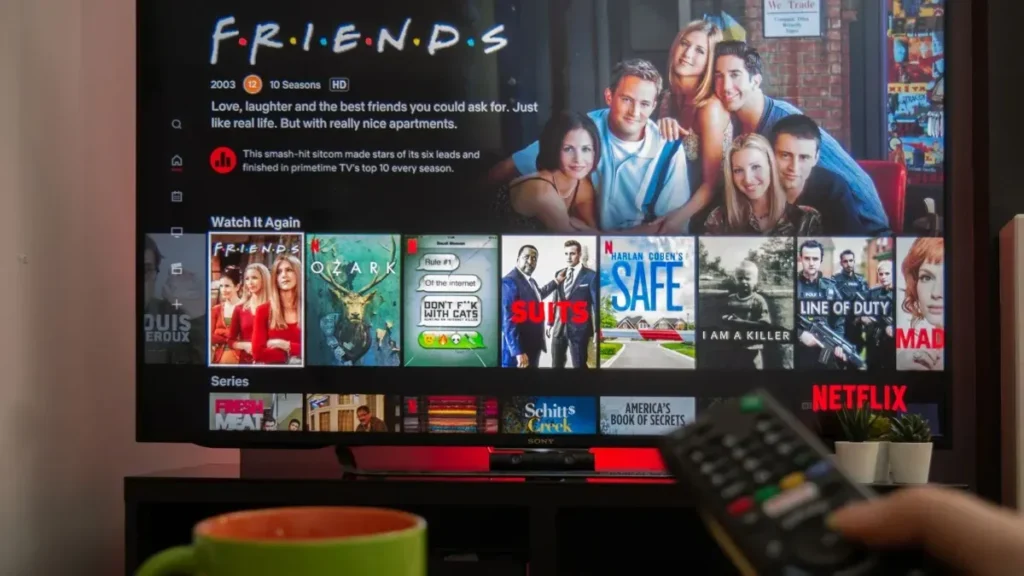
A noteworthy advantage of Netflix is the vast selection of TV shows and movies, unique original content, ad-free streaming, content downloads, and a user-friendly interface. However, potential drawbacks to choosing this platform could be the regional content variations, unavailability of some popular titles, lack of content ownership options, potential subscription fee increases, and the absence of live TV programming.
The pricing for different Netflix plans ranges from $6.99 / month to $22.99 / month.
Disney+: A Newer Contender
While users draw Netflix vs. Disney+ comparisons, it should be noted that Disney+ primarily came into being because fans wanted easy access to all Disney films and series in one place. It combines popular media franchises like Disney, Pixar, Marvel, and National Geographic. All Disney streaming services have more subscribers than Netflix; The Walt Disney Company encompasses other platforms like Hulu, ESPN +, and Star +.
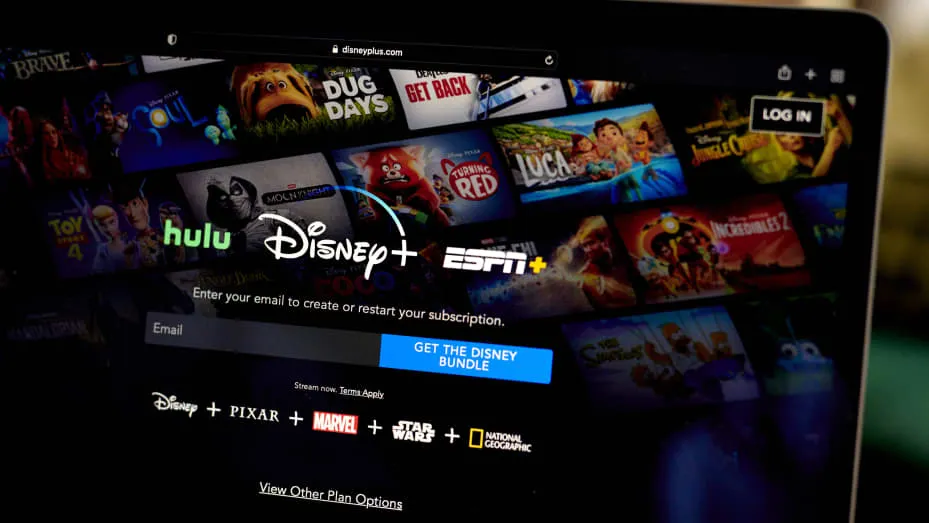
An exciting fact for Disney+ consumers is that it releases licensed studio films within 40 to 60 days after being live in theaters. Some other good things about Disney+ are that some of the subscriptions offer no ads, it works on many devices, and it has family-friendly content. The downsides of opting for this platform are less non-Disney content, limited mature content for middle-aged users, and no option to buy or own content.
The pricing for various Disney+ plans ranges from $7.99 / month to $13.99 / month.
Amazon Prime Video: The Content Library
Amazon’s Prime Video is another noteworthy contender on this list. It has a huge following of over 190 million and offers exclusive shows, movies, and content from other franchises. Amazon Prime Video also provides exclusive content with no advertisement options; you can download stuff to watch offline, and it works on many devices.
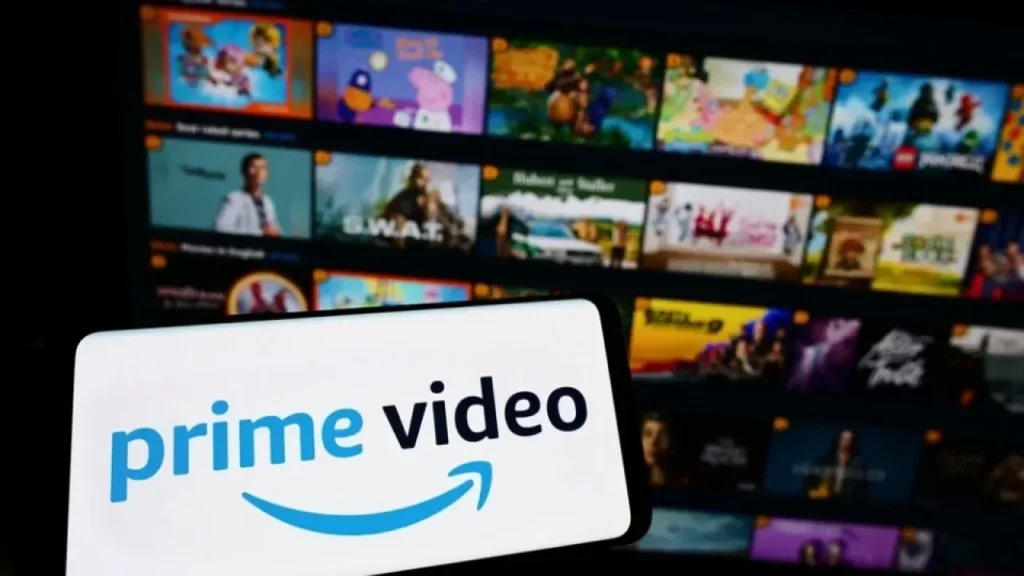
Another plus point would be the seamless integration with various Amazon services, including Prime Music and Prime Reading, consolidating multiple benefits into a single subscription. But some not-so-great things are that they have less content than other services, and some popular stuff might be missing. Also, there is no option to buy or keep the content forever.
Hulu: A Hybrid Network
If you are not ready to give up cable TV but still want to watch your favorite shows, think about getting Hulu. It is different from the other options because it has many current shows from big TV networks. Hulu also has cool original shows, unique movies, and a few anime classics. It is cheaper than other networks, but be ready to see some ads even if you pay. It offers live TV and sports; you can watch these with or without ads.
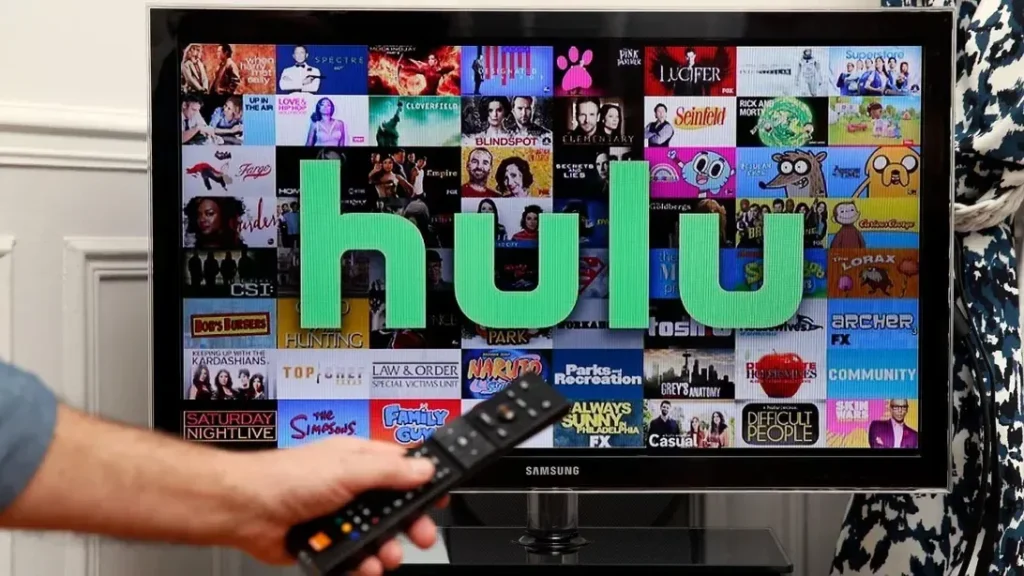
You can also download stuff to watch offline, and it is not too expensive. But it has fewer movies than other services, and some popular picks might need to be included. The biggest downside to this provider is that their cheaper subscription plan comes with ads, so getting rid of them will cost extra, giving you the feeling that you are consuming content through traditional cable television.
HBO Max: The Media Catalog
Owned by the famous entertainment studio Warner Bros, HBO Max is another platform to be looked into. It is great for all ages and has binge-worthy shows and movies from HBO, Warner Channel, TNT, DC, Looney Tunes, and Cartoon Network. The good things about HBO Max are that it has no ads, it works on many devices, and you can watch new movies at the same time they are in theaters.
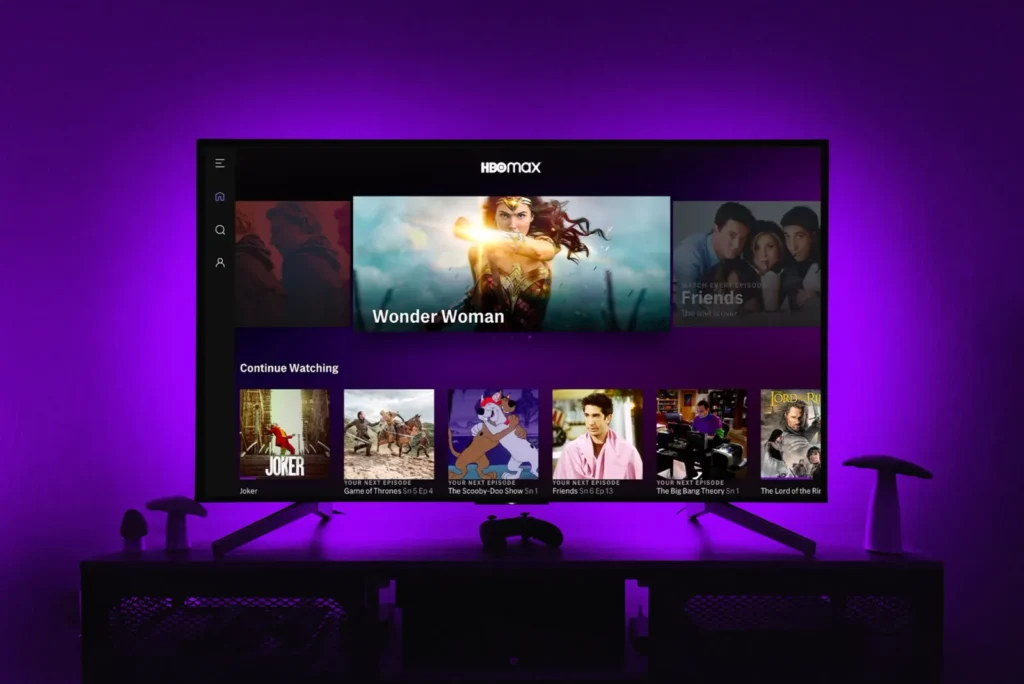
However, it comes with a slightly higher monthly expense compared to alternative services. Its content primarily features HBO and Warner Bros. exclusives, emphasizing a more family-friendly selection than other streaming platforms.
Some Honorable Mentions: Apple TV+, Paramount Plus and Peacock

In these streaming wars, platforms like Apple TV+ rely solely on their own productions, resulting in a smaller content library than other streaming services. Launched four years ago with just a handful of films and series, Apple TV has now expanded to a huge selection of high-quality and diverse content, making it one of the best streaming services for 2024. Another competitor in the content market is Paramount Plus, which provides an average variety of content in terms of quality and quantity. Peacock is another target on our list; it is NBC’s streaming service. While it faced several challenges concerning its initial productions, it has now steadily grown, reaching more than 30 million paid subscribers.
Unlocking the Ultimate Guide
When choosing an over-the-top platform that suits your needs, there are a few tips you can keep in mind. It would help if you looked for an option that charges a reasonable amount for its services and gives you a good return. Make sure it has a lot of content, including new releases, old classics, and popular hits. Selecting an OTT platform with a user-friendly interface is essential. Opt for a platform that offers a smooth and easy-to-use design, ensuring a hassle-free streaming experience.
Another point worth mentioning would be choosing a platform with top-notch streaming quality to avoid problems like buffering issues, etc. Check if the platform is compatible with your devices, such as your laptop, smartphone, tablet, or smart TV, for convenience and flexibility. Lastly, see if that platform offers extra features to elevate your overall experience, like downloading content for offline viewing, offering parental controls, or providing personalized movie suggestions.
The Tech Junction is the ultimate hub for all things technology. Whether you’re a tech enthusiast or simply curious about the ever-evolving world of technology, this is your go-to portal.

